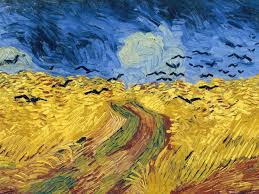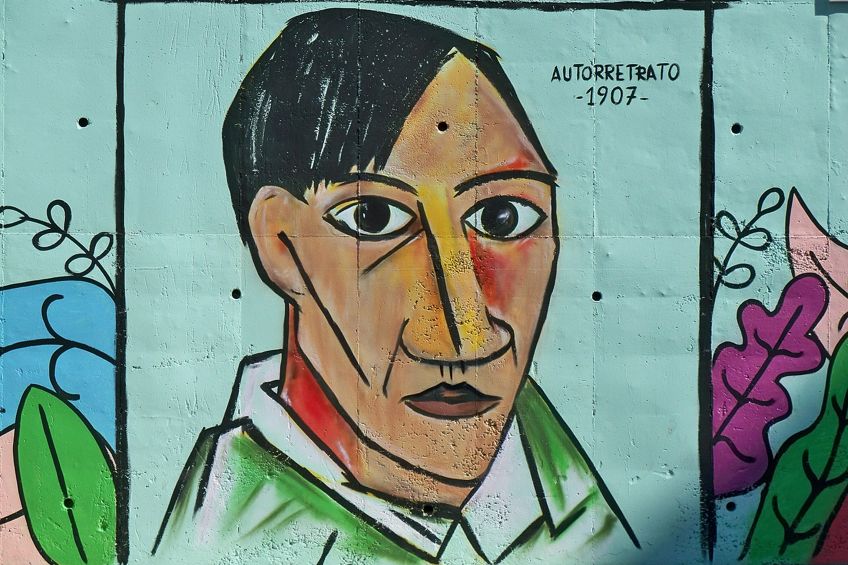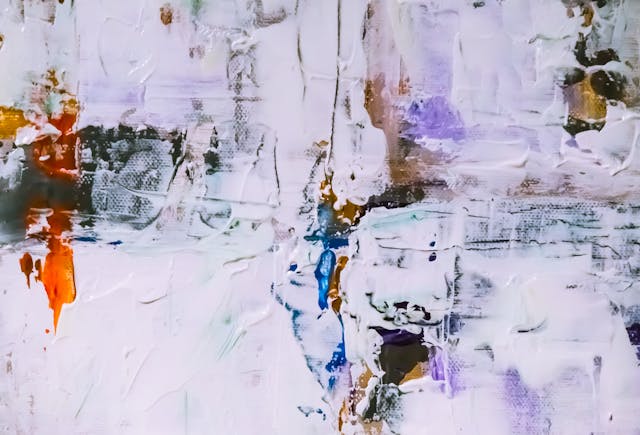Understanding the Difference Between Modern and Contemporary Art

Art has always been a reflection of society, culture, and the individual. As such, the terms “modern” and “contemporary” art are often used interchangeably, leading to confusion. However, they refer to distinct periods and styles that have shaped the art world. This article will explore the differences between modern and contemporary art, highlighting their historical contexts, characteristics, and key figures.
Defining Modern Art
Historical Context
Modern art emerged in the late 19th and early 20th centuries, a time characterized by significant societal changes, including industrialization, urbanization, and the aftermath of World War I. Artists began to challenge traditional forms and subjects, seeking new ways to express the complexities of modern life. The modern art movement is generally considered to span from the 1860s to the 1970s.
Characteristics of Modern Art
- Break from Tradition: Modern artists rejected the conventions of previous artistic styles, such as realism and classical forms. They experimented with new techniques, materials, and concepts.
- Focus on Abstraction: Many modern artists moved away from representational art, embracing abstraction. This shift allowed them to explore ideas, emotions, and concepts rather than just depicting the physical world.
- Influence of Technology and Industrialization: The rapid changes in society influenced modern art, leading artists to incorporate industrial materials and techniques into their work.
- Exploration of Subjectivity: Modern art often delves into the artist’s psyche, emphasizing personal expression and subjective experience.
Key Movements and Artists

Several significant movements fall under the umbrella of modern art, including Impressionism, Cubism, Surrealism, and Abstract Expressionism. Prominent figures in modern art include:
- Pablo Picasso: A pioneer of Cubism, Picasso’s work broke down objects into geometric shapes and reassembled them, challenging perceptions of reality.
- Vincent van Gogh: Known for his emotive use of color and brushwork, Van Gogh’s paintings expressed deep psychological states.
- Marcel Duchamp: Duchamp’s conceptual approach, particularly with his “ready-mades,” questioned the very nature of art and its definition.
Defining Contemporary Art
Historical Context
Contemporary art refers to art created from the late 20th century to the present. This period has been marked by rapid globalization, technological advancements, and cultural shifts. Unlike modern art, which has a more defined historical boundary, contemporary art is ongoing and encompasses a diverse range of styles and movements.
Characteristics of Contemporary Art
- Diversity of Mediums: Contemporary artists employ a wide variety of mediums, including digital art, installation, video, performance, and mixed media, reflecting the diverse experiences and technologies of today.
- Engagement with Social Issues: Many contemporary artists address social, political, and environmental issues in their work, using art as a platform for activism and awareness.
- Global Perspectives: Contemporary art is increasingly influenced by global perspectives, incorporating styles and themes from various cultures and regions.
- Interdisciplinary Approach: Contemporary artists often blur the lines between different disciplines, collaborating with scientists, architects, and other professionals to create innovative works.

Key Movements and Artists
Contemporary art encompasses various movements, including Postmodernism, Conceptual Art, and Street Art. Notable contemporary artists include:
- Damien Hirst: Known for his provocative works that often involve themes of death and mortality, Hirst’s use of unconventional materials challenges viewers’ perceptions of art.
- Yayoi Kusama: Kusama’s immersive installations and use of repetition explore themes of infinity and mental health, engaging audiences in unique ways.
- Banksy: This anonymous street artist uses stencils to deliver powerful social and political commentary, often challenging authority and societal norms.
Key Differences Between Modern and Contemporary Art
Time frame
The most apparent difference between modern and contemporary art is their respective timeframes. Modern art primarily spans from the late 19th century to the 1970s, while contemporary art encompasses works produced from the late 20th century to the present day.
Philosophical Approach
Modern art often emphasizes a break from tradition and explores abstraction, while contemporary art is more inclusive and diverse in its themes and styles. Contemporary artists frequently engage with current social and political issues, reflecting the complexities of the modern world.
Techniques and Mediums
Modern artists predominantly utilized traditional mediums like painting and sculpture, often focusing on experimentation within those forms. In contrast, contemporary art embraces a wide range of materials and techniques, including digital and interactive art forms that reflect technological advancements.
Audience Engagement
Contemporary art often seeks to engage the audience in new and innovative ways, inviting participation and interaction. In contrast, modern art primarily focuses on the artist’s expression and the viewer’s interpretation of the work.
Conclusion
Understanding the difference between modern and contemporary art enriches our appreciation of the artistic landscape. While modern art laid the groundwork for challenging conventions and exploring new forms of expression, contemporary art continues to evolve, reflecting the complexities of today’s world. Both periods offer valuable insights into human experience, creativity, and the ever-changing nature of art itself. By recognizing the distinct characteristics of each, we can better appreciate the diverse voices and perspectives that shape the art we encounter today.

